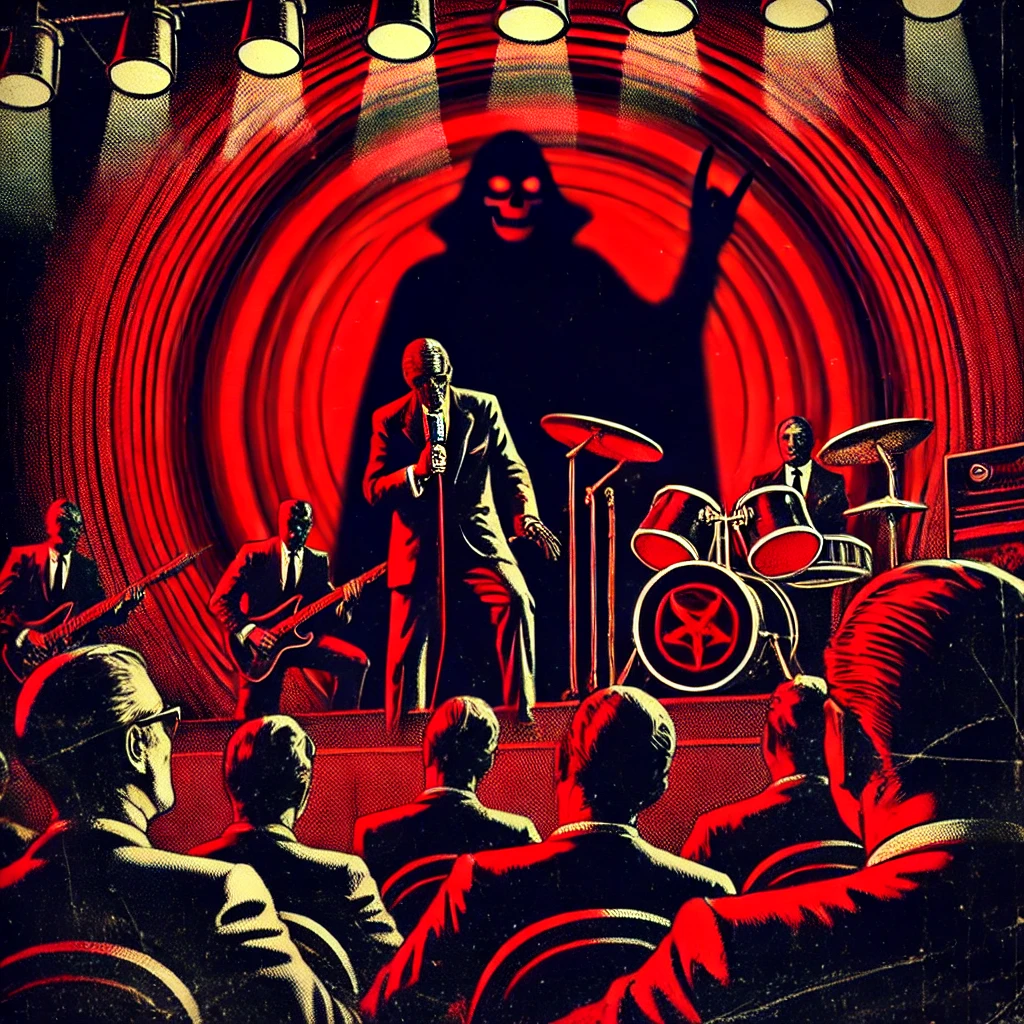Death Metal and Music Criticism: Analysis at the Limits
Abstract
Michelle Phillipov challenges the tendency of popular music studies to focus on questions of a political nature. The first half of the book is a thorough critique of ‘The Rise of Political Criticism’ in popular music studies with three individual chapters dedicated to case studies of punk, hip-hop, and electronic dance music (EDM). Although she does not completely reject the importance of politics in certain musical styles, she proposes that musicological inquiry that concentrates on a narrow range of popular music styles correlates with the emergence of ‘fan scholars’ who have influenced the trend to political discourse. This debate corresponds with previous work by Joanna Zylinska (The Ethics of Cultural Studies (London: Continuum, 2005)): both have suggested that scholars have acted unethically by overemphasizing the political aspects of popular music, or even by emphasizing their own politics in their investigations.
Content
Death Metal and Music Criticism: Analysis at the Limits. By Michelle Phillipov
Death Metal and Music Criticism: Analysis at the Limits. By Michelle Phillipov. pp. xx + 158. (Lexington Books, Lanham, MD, 2012. 㿝.95. ISBN 978-0-7391-6461-7.)
Robert Upton
– Author Affiliations
University of Nottingham
In this welcome new volume, Michelle Phillipov challenges the tendency of popular music studies to focus on questions of a political nature. The first half of the book is a thorough critique of ‘The Rise of Political Criticism’ in popular music studies with three individual chapters dedicated to case studies of punk, hip-hop, and electronic dance music (EDM). Although she does not completely reject the importance of politics in certain musical styles, she proposes that musicological inquiry that concentrates on a narrow range of popular music styles correlates with the emergence of ‘fan scholars’ who have influenced the trend to political discourse. This debate corresponds with previous work by Joanna Zylinska (The Ethics of Cultural Studies (London: Continuum, 2005)): both have suggested that scholars have acted unethically by overemphasizing the political aspects of popular music, or even by emphasizing their own politics in their investigations. Phillipov invites us to change the coordinates of criticism by bringing questions of pleasure to the fore. Some popular music styles have been excluded from the newly configured popular music canon owing to the ‘overriding assumption that music should in some way address and resist social inequality … [or] be readily connected to progressive politics’ (p. 68). By demonstrating how a politics-based musicological framework limits our comprehension of death metal, Phillipov poses a more compelling question: what else has popular musicology (dis)missed?
Although the presence of ‘death metal’ in the title of the book may deter some non-specialists, Part I of the book is an insightful and focused critique of popular musicology. Contesting scholarly claims that heavy metal music is Neanderthal, reactionary, and misogynist, Phillipov offers a …
http://ml.oxfordjournals.org/content/95/2/313.extract

“Death Metal and Music Criticism: Analysis at the Limits” could refer to an exploration of the genre of death metal within the context of music criticism, delving into the unique characteristics, themes, and aesthetics of death metal music, as well as the challenges and limitations faced by music critics when analyzing this genre.
Here are some potential aspects that could be explored in such an analysis:
1. **Musical Characteristics**: Death metal is known for its aggressive and extreme sound, characterized by heavily distorted guitars, fast tempos, complex rhythms, and growled or screamed vocals. An analysis could delve into the musical structures, techniques, and innovations within death metal music, as well as its roots in other subgenres of heavy metal.
2. **Lyrical Themes and Imagery**: Death metal often explores dark and macabre themes, including death, violence, horror, and existential nihilism. A critical analysis could examine the lyrical content of death metal songs, as well as the imagery and symbolism used by artists to convey their themes.
3. **Cultural and Sociopolitical Context**: Death metal has often been associated with controversy and criticism due to its explicit lyrics, graphic imagery, and perceived glorification of violence. An analysis could explore the cultural and sociopolitical context surrounding death metal music, including debates about censorship, freedom of expression, and the portrayal of taboo subjects in art.
4. **Reception and Criticism**: Music critics may face challenges when analyzing death metal music due to its extreme nature and the diversity of opinions within the genre’s fanbase. An analysis could examine the ways in which music critics approach and evaluate death metal music, as well as the criteria and standards used to assess its artistic merit and cultural significance.
5. **Subgenre Diversity and Evolution**: Death metal is a diverse genre with various subgenres and stylistic variations, including technical death metal, melodic death metal, and brutal death metal, among others. An analysis could explore the evolution of death metal music over time, as well as the emergence of new subgenres and experimental trends within the genre.
Overall, “Death Metal and Music Criticism: Analysis at the Limits” could provide an in-depth examination of death metal music within the broader context of music criticism, addressing the unique challenges and complexities faced by critics when engaging with this extreme and controversial genre.